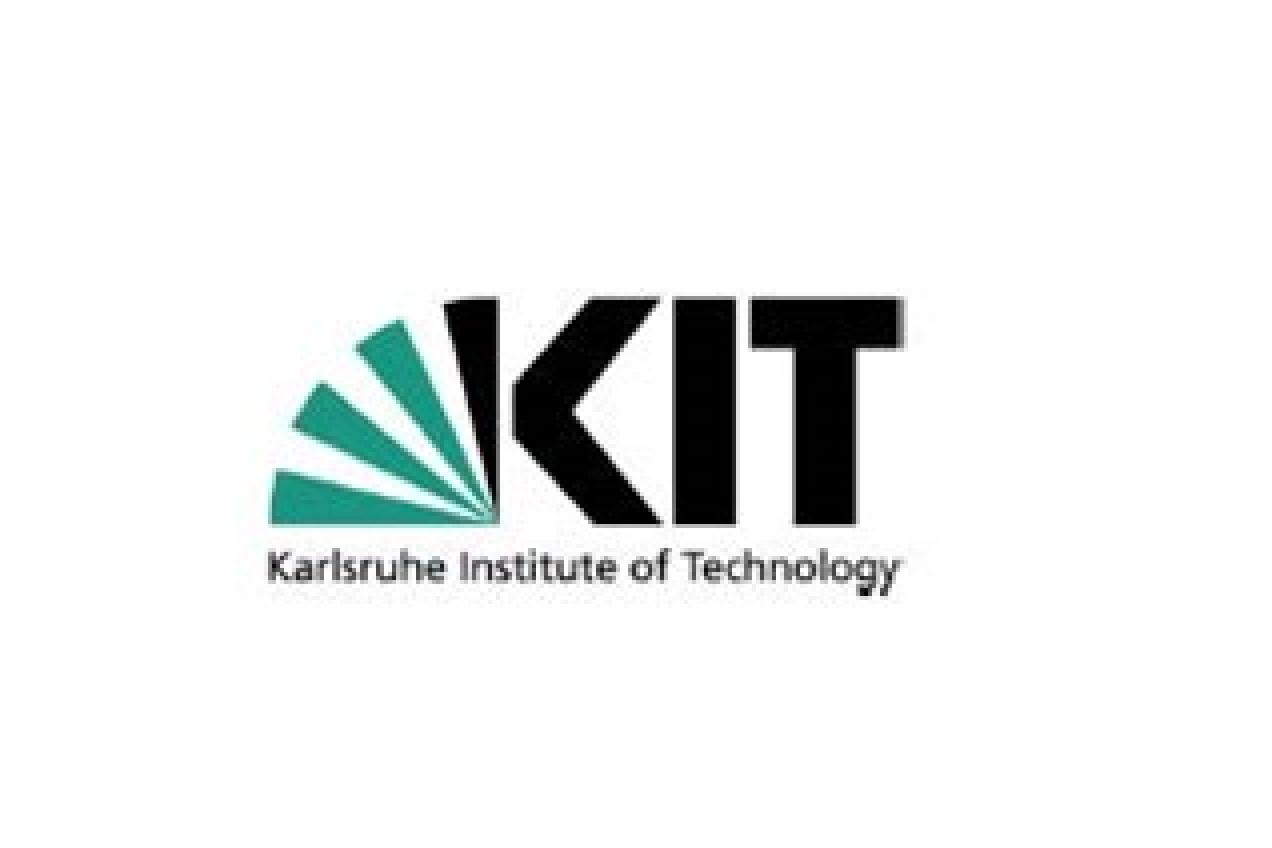P04 - Karlsruher Institut für Technologie (KIT) | Germany
Key contact persons: Mr. Mirco Große, Dr. Alfons Weisenburger

Karlsruhe Institute of Technology, KIT, is a higher education and research organisation with about 9500 employees, 25000 students, and a total annual budget of about 840 M€. It bundles the missions of a University of the state of Baden-Wuerttemberg and of a large-scale research institution of the Helmholtz Association. Within these missions, KIT is operating along the three strategic fields of: action of research, teaching, and innovation. In establishing innovative research structures, KIT is pursuing joint strategies and visions. KIT is devoted to top research and excellent academic education as well as to being a prominent location of academic life, lifelong learning, comprehensive advanced training, exchange of know-how, and sustainable innovation culture. KIT’s research Programme on Nuclear Waste Management, Safety and Radiation Research (NUSAFE) has a long tradition, is widely recognized and represents an integral part of national provident research, addressing the new challenges by providing core competences on the internationally highest level of Science & Technology regarding nuclear safety and waste management research. The scientific research work is carried out in several academic institutes, whereas the Programme Management is responsible for the strategy as well as the scientific and administrative coordination work. KIT participated in several relevant previous EU projects and is also active in ongoing ones. The following institutes contribute to the project: IAM-AWP (Institute of Applied Materials Research – Applied Materials Physics) and IHM (Institute for Pulsed Power and Microwave Technology).
The QUENCH group of KIT-IAM-AWP (http://www.iam.kit.edu) has a many years’ experience in the investigation of material processes occurring in nuclear fuel claddings, during design-basis (LOCA) and beyond-design-basis (severe) accidents. In particular, the former and current research focuses on the oxidation and hydrogen uptake behaviour of zirconium alloys and on materials interactions of nuclear component materials as well as alternative ATF cladding materials. The GESA group of KIT-IHM (https://www.ihm.kit.edu) has long-lasting expertise in fabrication and characterization of materials (bulk and modified coatings) for applications at high temperatures and aggressive environments encountered in the energy production sector. Surface alloyed corrosion- and oxidation-resistant surface layers by using pulsed electron beams are discussed as one of the most promising solutions for corrosion mitigation in contact with lead-alloy coolants.
The main KIT contribution to IL TROVATORE includes the following activities: WP2 – GESA surface modification of commercial clads; and WP5 – high-temperature steam oxidation tests on ATF clads.
